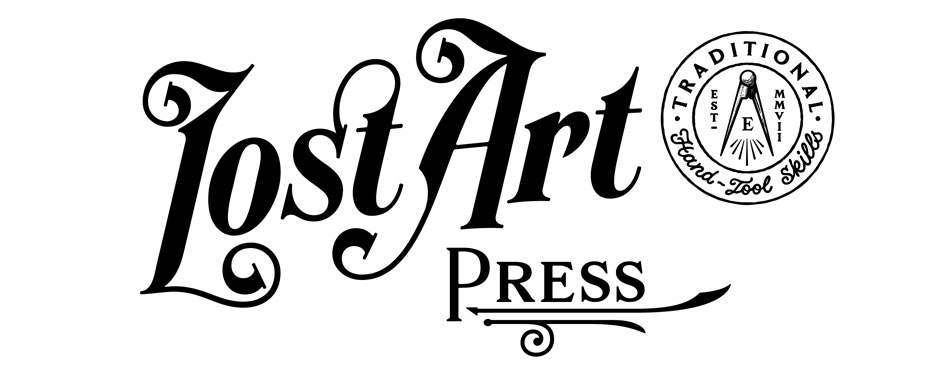After seven hours we have completed reviewing the galley proofs (the mock-up of the book pages as they will appear in print) for the first chapter of “To Make As Perfectly As Possible: Roubo on Marquetry.” To put it simply, the layout design is sumptuous. Book designer Wesley Tanner is brilliant at making our efforts look beautiful.
Much like making sausage or enacting legislation, there is much to cause you to avert your eyes when gazing on the business of book making. To give you a peek at what is going on just now, let me recount our current labors.
In most instances for most books, the author(s) only have to review the galleys to make sure 1) it says what they want it to say and submitted in the first place, and 2) catch any typos or editorial mistakes. When translating and annotating a historic volume, it is a bit more complicated. Sometimes when working our way through the stack of pages we come to the conclusion that we were using a wrong word or phrase, and it has to be changed throughout to make it the best book possible. At the least, this causes editors and designers to gnash their teeth. In a worst-case scenario they might start poking little rag dolls with long straight pins.
We settled on what we believe to be an excellent procedure. Because we have to compare the galleys to both our annotated text manuscript and the original volume of 240 years ago, it is a long slog. In order to pull all the pieces together I read each line aloud slowly and clearly while Michele followed along by reading the original French text simultaneously. In the hour-upon-hour of reading this aloud, the full import of the project became apparent.
Through this multi-sensory experience of reading, hearing and speaking, the grandeur of Roubo’s monumental effort becomes clear. Honestly, for the first time – after silently reading the text (10, 15, 20 times?) I understood more fully several passages I already thought I knew, but I was wrong. As the old-time evangelists used to say, “Knowing something in your head and knowing something in your heart are not the same things.” The rhythm of reading it out loud at a steady but deliberate pace caused many descriptions to become a real practice, not simply an articulate description.
This delight of new understanding keeps the task of reviewing from being tedious. I am not used to reading out loud for several hours.
In the end the book will be one with which we will be pleased, yet know also that there will be changes we could envision to make it better. To tell you the truth, if we had the fulfill a deadline of 10 years from Tuesday, we would be working until 10 years from Monday to make it better, and still it would not be perfect.
Unfortunately that’s just the way it is, and we recognize that some readers will find typos or homonyms that no one else found, and others will not like the way we phrased a particular translation or will object to some sections we chose not to include. We will have to reconcile with ourselves that in a world of limited resources, we did the best we could.
Onto the next chapter.
— Don Williams










